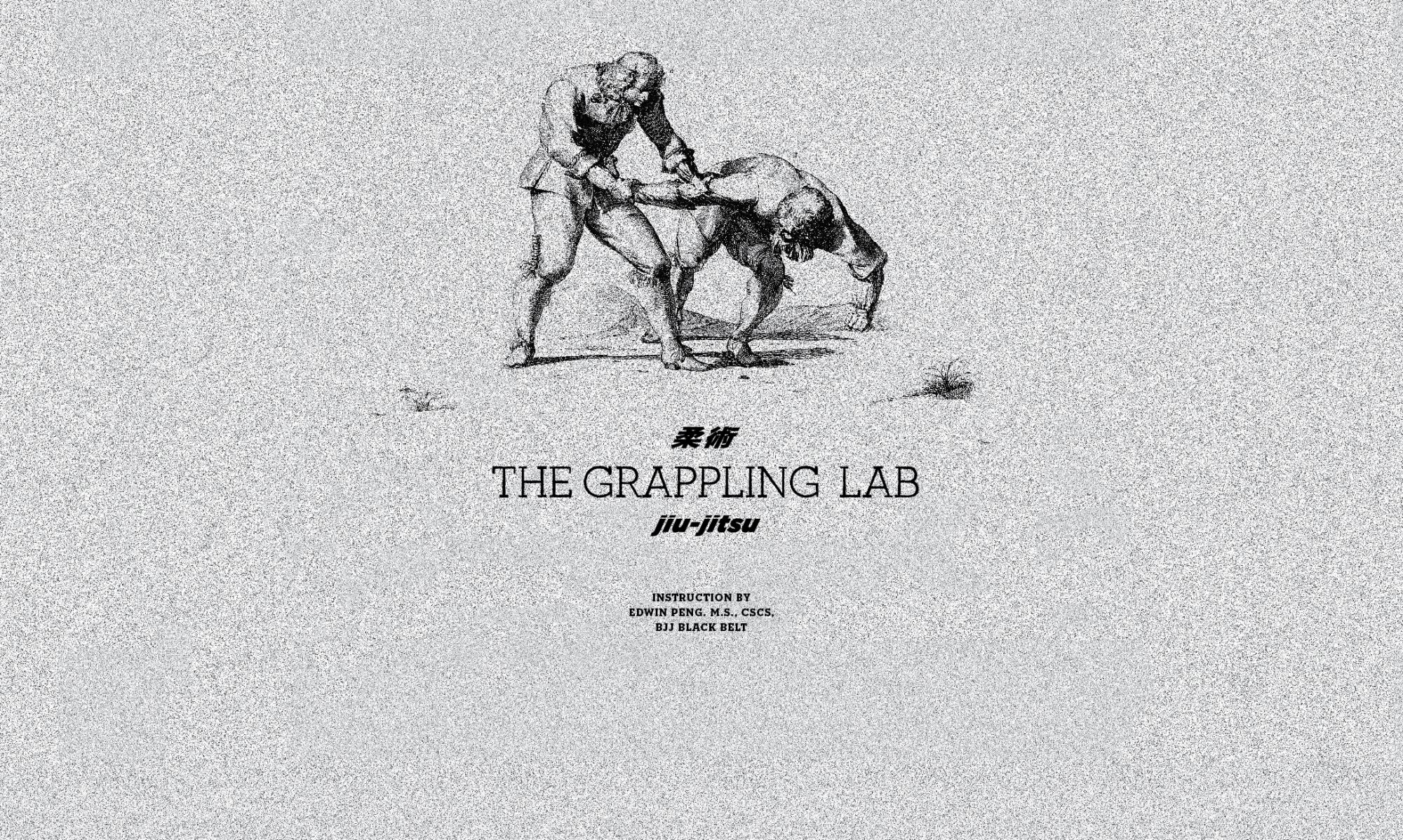BJJ matches are dynamic battles between stability and mobility for both the fighter on the bottom and top positions. Practitioners must be able to take advantage of both stability and mobility in order to advance and secure positions. Stability and mobility are two sides of a spectrum; the more stability one has the less mobility they will have and vice versa. Balance must be carefully controlled by being both stable and mobile.
A mechanical understanding of balance will enable you to convey the principles behind sweeps to your students and will in turn allow them to better understand sweeps conceptually and increase their performance. Practitioners must become intimately connected with their balance in order to become better at BJJ. Every sweep and technique requires the ability to manipulate both the student’s and the opponent’s balance. A body is balanced when its center of gravity is above its base of support. If the COG falls outside of the base of support, the body will fall until a new base is created; in order to sweep an opponent, their center of gravity must be moved outside their base of support.

There are two factors that influence a person’s stability – the height of their center of gravity and the size of their base of support. A lower center of gravity will be more stable, and a higher center of gravity will be more likely to be perturbed by force due to greater torque. This can be demonstrated to students using a scissor sweep, when the opponent is kneeling tall they will be easily swept and when the opponent is low they will be much harder to sweep. The larger somebody’s base of support the more stability they will possess due to greater possibility of movement of the center of gravity.
In order to avoid being swept, you must either maximize stability in order to be kept from knocking off balance, or you must become mobile and create a new post in order to stop the sweep. Most practitioners in the early phases of learning will find it easier to maximize stability instead of creating new posts due to a lack of knowledge of how their bodies will land from a sweep. Students should be taught how to maximize stability by:
- Lowering their center of gravity
By lowering their center of gravity, the practitioner will reduce the amount of torque the opponent can create. A lower center of gravity will make it much more difficult to be swept or moved by an outside force. - Increasing their base of support toward the opposing force
A large base of support will have more stability but only in the the direction of the force. When being pushed by a large force, a wide base of support will only be helpful if it is towards the direction of the force. - Leaning toward intended opposing force
By leaning towards the opposing force the center of gravity will be shifted towards the force, making it harder for the center of gravity to be pushed out of the base of support and easier to resist the force. Students should take care to be mindful of how much they are leaning towards the opposing force or their momentum may be taken advantage of.

These general guidelines will not only help to prevent being swept but will also help students learn how to secure dominant positions. By keeping a low center of gravity, increasing their base and leaning towards an opposing force a student will also be able to keep from being bridged off mount. Stability is important when finishing submissions as well, most submissions require the attacking player to completely eliminate the defender’s mobility in order to prevent any escapes.
One aspect of stability that should be acknowledged is that having more mass contributes to more stability during a static position, a heavyweight will be much more stable than a featherweight due to inherent differences in mass and inertia. A lighter practitioner will have great difficulty sweeping a larger opponent, and will most likely have to resort to moving around a heavier opponent. In this case, mobility is more important than stability.
While maximizing stability is crucial for some aspects of BJJ, students must also be taught how to use dynamic balance while being mobile. Many techniques require control of balance while maximizing mobility. When an opponent is insistent on keeping their stability high, the student should focus on being mobile around their opponent. While stability requires a large base of support and a low center of gravity, mobility relies on a small base of support and higher center of gravity.



